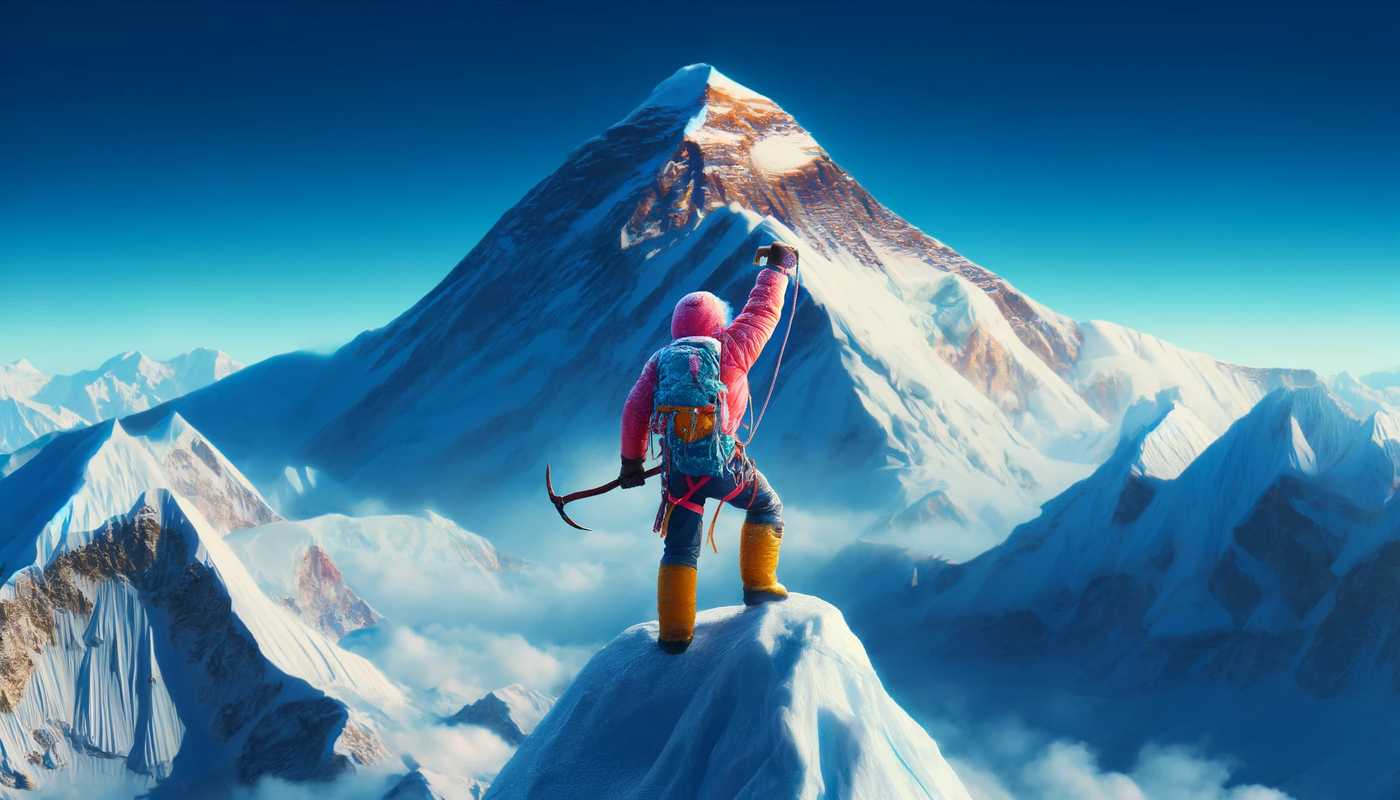When you imagine the summit of Mount Everest, a tranquil, snowy peak far from civilisation might come to mind. However, a striking photo taken by mountaineer Nirmal Purja reveals a starkly different reality: a crowded ascent with climbers lined up in a long queue. This photo has gained global attention, especially following the tragic news of seven climbers dying on Everest in the past week. It highlights the challenging conditions climbers face at the world's highest peak.
Common Crowds at the Summit
According to guides, such crowds are quite common during the climbing season. Mingma Sherpa, chairman of Seven Summits Treks, explains, "It's normally that crowded." Climbers often queue for 20 minutes to 1.5 hours to reach the summit. The extent of the crowd depends on the length of the weather window suitable for climbing, as mountaineers need to avoid fierce jet streams that could hinder their ascent. "If there's one week [of safe weather], then the summit isn't crowded. But sometimes, when there's only two or three days window, it gets very crowded," Mingma Sherpa told the BBC.
The Hazards of Overcrowding
This isn't the first time that crowds at Everest have made headlines. In 2012, a photo taken by German climber Ralf Dujmovits went viral, showing a "conga line" of mountaineers on Everest. Dujmovits, who reached the Everest summit in 1992 and has ascended 8,000 meters (26,200 feet) up the mountain six other times, warns that long queues can be hazardous. "When people have to wait in queues, they risk running short of oxygen and may not have enough oxygen left on their way down," he says. During his 1992 climb, he ran out of oxygen during his descent, describing it as feeling like "someone was hitting me with a wooden sledgehammer."
Increasing Popularity and Unprepared Climbers
Experts say that crowds have surged in the past few years, as expeditions have become more popular. Andrea Ursina Zimmerman, an expedition guide who reached Everest's peak in 2016, attributes many of the "traffic jams" to unprepared climbers who lack the physical condition for the journey. This not only endangers their lives but also the lives of the Sherpas assisting them. Her husband, Norbu Sherpa, a mountain guide, recalls arguing with an exhausted climber at 8,600 meters who insisted on continuing to the summit, risking the lives of two Sherpas as well as his own.
The Reality of Reaching a Crowded Summit
Norbu Sherpa, who has reached the summit seven times, notes that the Nepali side of Everest is much more crowded than the Tibet side, which has fewer permits issued by the Chinese government. The last ridge from the southern, Nepali side has only one fixed rope. When it's crowded, "there can be two lines of people - one going up and one going down the summit," he says. The descent is often the most dangerous part, as climbers lose motivation and energy after reaching the summit, especially when faced with a long, crowded journey back.
The True Summit
Ralf Dujmovits emphasizes that the real accomplishment is descending safely. "I lost so many friends who died during the descent over the years - many accidents happen during the descent because people are just not concentrating enough anymore," he says. Practising climbing mountains at 7,000 or 8,000 meters is essential for knowing how one's body reacts to high altitudes. Norbu Sherpa encourages his teams to start the ascent very early in the day to avoid crowds on the descent. Andrea Ursina Zimmerman chose to wait an extra day before ascending from the Tibet side to avoid crowds, resulting in a serene, solitary experience at the summit with her husband.
Conclusion
The crowded conditions on Everest are a reality that climbers must navigate carefully. Being physically prepared, choosing the right time to ascend, and prioritizing safety over summiting is crucial for a successful expedition. Despite the challenges, reaching the summit remains a rewarding experience for many climbers. Before you leave, check out this video of the 'jam' on Everest.









